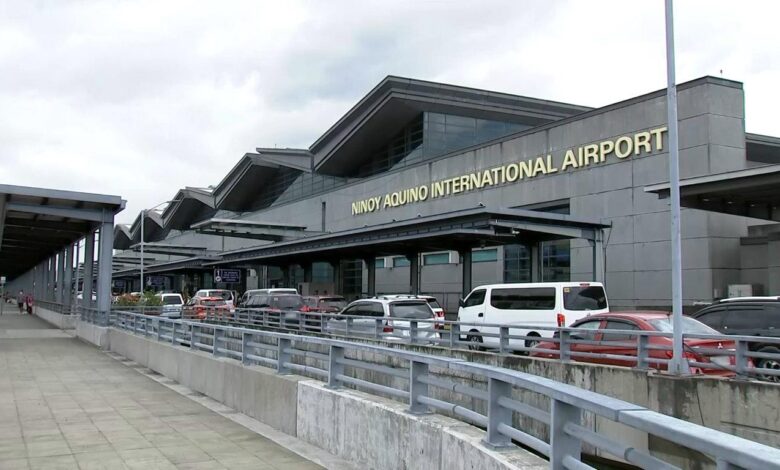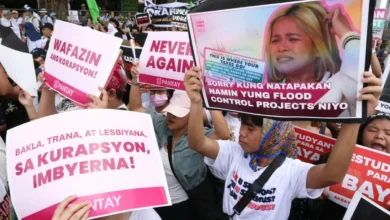
Yup, Corruption Doesn’t Even Bother to Hide Anymore
The Ninoy Aquino International Airport (NAIA) has been handed over to private control. However, the deal has stirred doubts and fueled public frustration. So now, we ask: is this modernization—or just the same old cronyism at work?
For Those Who Missed It
On Christmas Eve of 2023, while most Filipinos were busy with family gatherings, the government moved the country’s main airport into private hands.
That night, the Department of Transportation (DOTr) released the final draft of the concession agreement for the Ninoy Aquino International Airport. And by December 27, the bidding was already closed. It only took three days to prepare a multi-billion-peso proposal for the country’s most critical gateway?
By February 2024, the contract had landed with San Miguel Corporation, led by tycoon Ramon Ang. For critics, the timing was hard to miss.
Profit Before Public Service?
Public-private partnerships (PPPs) are meant to bring in capital and expertise, ideally improving public infrastructure. But when deals are rushed and historical patterns of cronyism loom, the line between public good and private profit blurs.
San Miguel’s record on roads and expressways is mixed. Maintenance issues, unexpected costs, and safety concerns have accompanied some of its most celebrated projects. Meanwhile, studies from the Oscar M. Lopez Center, the University of the Philippines, and NAMRIA warn that the New Manila International Airport in Bulacan could become unusable within decades due to rising sea levels.
Will taxpayers foot the bill for projects that may one day sink beneath the waves?
It’s Deja Vu
The past has a way of sneaking into the present; San Miguel Corporation’s ties to political favors aren’t new. Under President Ferdinand Marcos Sr., the company acquired substantial holdings through arrangements many considered corrupt. Today, awarding NAIA to Ramon Ang raises familiar questions about favoritism and accountability.
Government officials defend the privatization, promising modernized facilities and smoother travel. Meanwhile, civil society groups caution that fast-tracked contracts, combined with a history of questionable infrastructure management, risk leaving the public footing the bill while private interests prosper.
Infrastructure as a Mirror
Corruption does not always arrive with a bribe slipped under the table. Sometimes it’s dressed as something else. Infrastructure in the Philippines has long reflected more than just engineering choices. It reveals how power is exercised, who benefits from public funds, and whose interests policies are designed to serve. From ghost flood control projects to expressways riddled with flaws, development has often been less about public service and more about securing profits for a well-connected few.
The privatization of NAIA fits squarely into this pattern. It’s basically a project packaged as modernization but shaped by the same currents of cronyism that have defined infrastructure for decades.
READ: Where did the billions in flood control projects go?
Betrayed by Those in Power
If public service is meant to protect and serve the people, why does it so often seem designed to enrich the few at the expense of many? Because it seems that promises are as fleeting as dry ground. Corruption and cronyism are not abstract concepts—they are daily realities that shape how Filipinos live and die.
The question is no longer whether the system is broken, but whether those in charge will ever put the people above profit. Until that happens, the cycle of public corruption and betrayal will continue, and the Filipinos will keep shouldering the cost.




